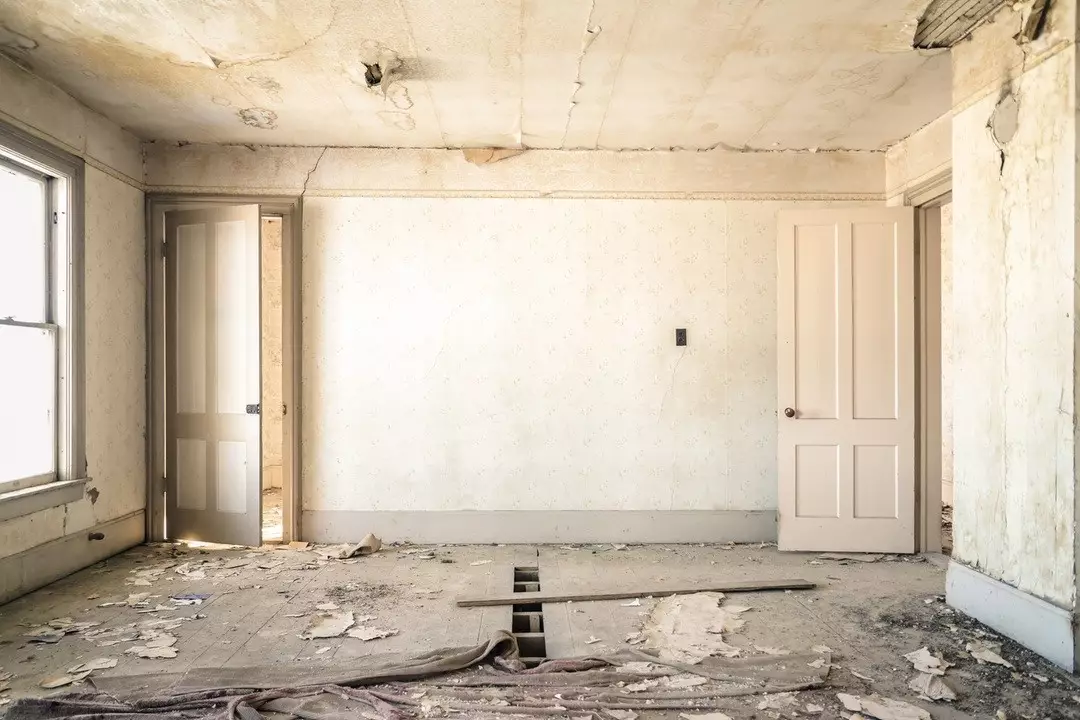The Art of Decluttering the Workplace

If you found a copy of Marie Kondo’s bestselling book, The Life-changing Magic of Tidying Up: The Japanese Art of Decluttering and Ordering, among your Christmas or Hanukkah gifts this year, you’re not alone. Kondo’s book has already sold over 2 million copies worldwide (and likely just as many copies have been re-gifted to friends and colleagues as a subtle message conveying, “Enough is enough! It’s time to clean up!”). If you have already read Kondo’s treatise on tidying, you will appreciate just how sublime decluttering can be. Of course, at home, the consequences of bunching your socks into balls rather than folding them neatly (this, to be clear, is highly recommended by Kondo) is extremely low. Beyond your own guilt for failing to fully embrace the Japanese art of decluttering and ordering, your sock bunching will never lead to a fine or place others at risk. By contrast, failing to pay sufficient attention to clutter in the workplace can result in fines, compliance errors, and even major security and safety risks. Today’s post examines how and why every workplace has something to gain from embracing Kondo’s call for us to embrace the art of decluttering and ordering. This post also offers recommendations on how to use a learning management system to quickly and effectively bolster decluttering and ordering efforts in your workplace.

The Art of Decluttering an Office
While some people claim to work best in chaos, in today’s world of security and compliance, clutter, both material and digital, can be a problem. First, consider the risks related to failing to take care of your printed files. If you leave a stack of invoices on your desk, for example, you risk making clients’ data vulnerable. After all, unless you have your own private office, there will likely be dozens and even hundreds of people walking by your desk throughout the day and even after hours as cleaning staff arrive. Leaving stray files on your desk may appear innocuous but in fact, it holds the potential to compromise a wide range of personal data.
Digital clutter, however, is also a growing problem. If you happen to snap a shot of your messy desk and tweet it to your friends (as if to say, “Sorry, swamped in paperwork”), you’re putting your clients’ personal information at further risk. But social media is not the only type of digital clutter one needs to manage with care. As digital files spread (e.g., you may have made the mistake of sending confidential documents to a personal account with the intention of working on them over the weekend), they are also at risk.
So what’s at stake? While your clutter may be a sign that you are working hard and simply don’t have time to tidy up, in an office, clutter can lead to both minor and major data breaches, security breaches, and compliance errors.
The Art of Decluttering an Industrial or Construction Site

Unlike offices, in industrial sites, including workshops, factories, and construction sites, clutter is less likely to lead to security breaches and more likely to lead to serious safety risks. Among other hazards, in an industrial context, clutter may increase the risks of falls, since loose objects on floors and platforms may cause workers to trip. Falling objects, a major workplace hazard on construction sites, are also more likely to happen where there is excess clutter. In cluttered workplaces, spills are also more likely and greasy and wet surfaces can lead to slips and falls that hold the potential to cause serious injuries. Finally, random nails, wires, and steel strapping can result in cuts, punctures, and tears to the skin and other parts of the body.
While decluttering may be the last thing on one’s mind when they are rushing to finish a job, as suggested above, the risks of letting one’s house—even if it’s in the process of being built – get cluttered are extremely high. Beyond placing workers at risk, clutter can also result in falling out of compliance with the Occupational Safety and Health Administration guidelines. On construction sites, for example, the OSHA explicitly states, “During the course of construction, alteration, or repairs, form, and scrap lumber with protruding nails, and all other debris shall be kept cleared from work areas, passageways, and stairs, in and around buildings or other structures.” The OSHA also states, “Combustible scrap and debris shall be removed at regular intervals during the course of construction. Safe means shall be provided to facilitate such removal” and employers must provide containers “for the collection and separation of waste, trash, oily and used rags, and other refuse.”
Of course, like decluttering in other workplaces, being in compliance is not the only reason to comply. Research shows that decluttering in industrial work sites is also linked to more effective use of space, less janitorial work, higher productivity and even increased morale among workers.
For more on housecleaning in industrial workplaces, see our video on Housekeeping.
The Art of Decluttering a Healthcare Clinic

Like it or not, if your clinic or even part of your clinic is cluttered, you may be breaking one or more OHSA and HIPAA (Health Insurance Portability and Accountability Act) regulations or failing to follow one or more CDC (Centers for Disease Control) and WHO (World Health Organization) guidelines. More than any other workplace, perhaps, healthcare facilities need to pay close attention to clutter. After all, clinics that let things slip are both at risk of security breaches and health and safety breaches.
First, like most offices, clutter in medical clinics can result in serious confidentiality and security breaches. In the past, such breaches have typically involved clinics (in some cases, active clinics and in other cases, clinics in the process of closing down), throwing out old patient files without taking the proper steps to destroy documents (e.g., tossing old patient data into a dumpster rather than contracting a company to properly shred and destroy the documents). Today, security breaches are more likely to take the form of digital breaches of data, resulting either from the careless circulation of confidential records or by hackers breaking through weak or non-existent firewalls. Either way, good housekeeping can play a key role in ensuring that these breaches do not continue to be a problem in the healthcare sector. Notably, in 2014, there were 14 major breaches reported that compromised the personal information of thousands of patients across the United States.
Of course, in a healthcare setting, poor housekeeping can compromise more than patient data. Failing to clean up and dispose of waste between patients can place patients and medical personnel alike at serious risk. Among other risks, failure to declutter and order one’s clinic, and this includes failing to properly dispose of waste once one has completed cleaning, can lead to the spread of common as well as rare and serious infectious diseases and “super bugs” (strains of bacteria that are resistant to several types of antibiotics and typically spread in clinics and hospitals).
Among other precautions, all staff members working in healthcare facilities are advised to 1.) Encourage cleaning immediately following any procedure; 2.) Provide no-touch receptacles for the disposal of tissues, and 3.) Follow proper procedures for dealing with contaminated or potentially contaminated reusable items (e.g., scrubs, towels, and sheets should be handled in accordance with OHSA guidelines, which suggest immediately bagging contaminated items and if possible, using melt away bags, which dissolve in the wash, to minimize the risk of contact during the laundering process).
For more on the maintenance of healthcare facilities in top shape, see eLeap’s training video on Bloodborne Pathogens.
- See how to Train People Who Don’t Want to Be Trained – Barriers to Training
- Download our The Strategic Value of Workplace Training and Development white paper
- Get the Top 20 Ways to Improve Mandatory Training in your organization.